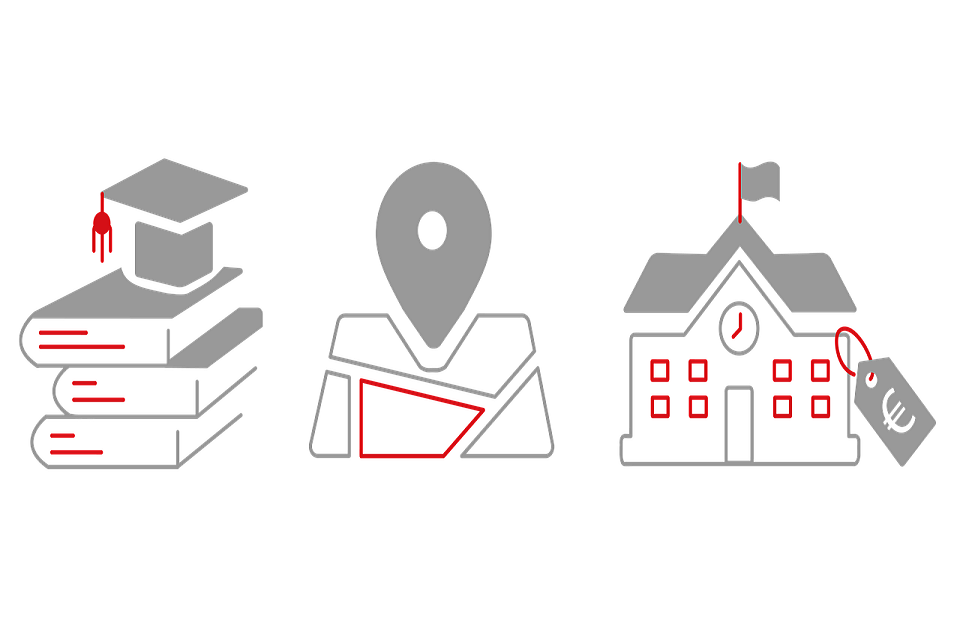Over the last decade, college tuition has increased by more than 25%. Even though there have been several pleas to swing open college doors in America, these higher education doors remain closed for millions of students due to high costs. Today, it is almost considered a luxury if you can attend and complete college. While you might consider opting out of college, education in this age and day has become a necessity. Therefore, it is vital that you try and understand how your money is spent so that you can grab that scholarship the next time it comes knocking. Want to know how your tuition fee is used? Below is a quick breakdown.

Private or Public college: Which one is cheaper?
Before we go further to examine what your college tuition pays for, one frequently asked question is whether there is a difference in costs between private and public colleges. The best way to answer this question is to look at variations in tuition fees. According to the College Board report, the cost of tuition, room, and board for a full-time student in public institutions costs an average of $21,950. Their counterparts in a private school will part with $49,870 for the same service.
The difference in these costs can be attributed to employee salaries, including staff, faculty, and administration. For example, while salaries at public colleges account for about $5,987.96 of the overall tuition fee, private colleges triple the figure and allocate $15,315.08 to the same category. From these stats, it is clear that private colleges are expensive.
Tuition fee breakdown
Now that you know the difference in costs between public and private colleges let’s try to put into perspective how your money is spent. Please note that most colleges will not provide or indicate all these figures in your admission letter. Luckily, they are required to provide the report to the United States Department of Education, who, in turn, avail the information for public knowledge. Here’s the breakdown in terms of how public colleges spend $100 that you pay in college fees. We will categorize it into two; direct and indirect costs. Direct costs are those that traditionally relate to educational services, while indirect are those that don’t necessarily contribute directly to the expenses, i.e., Tax.
For every $100 in tuition fees, an average, $61.46 goes to direct costs. If you didn’t know, the cost of employee salaries always accounts for the bigger part of the pie. Below is a breakdown
- $15.81 – Salaries
- $11.47 – General Instruction Expenses
- $9.61 – Auxiliary Student Enterprises
- $8.26 – Academic Support
- $8.15 – Institutional Support
- $4.75 – Student Services
- $3.41 – Grants and Financial Aid
An average $38.54 of every $100 goes to indirect costs, which include;
- $15.58 – Hospitals and Healthcare
- $11.66 – Research
- $6.25 – Other, Including Taxes and Liabilities
- $4.52 – Public Services
- $0.53 – Independent Operations
Do colleges solemnly rely on tuition fees to operate?
Now, you might be wondering if your tuition fee is the only money that runs the institution. Generally speaking, it would be impossible for colleges to cover all their expenses using tuition money. Public colleges usually get additional government grants, while private colleges have endowments to cover the operating costs
Wrap up
From our discussion, it is quite evident that the conversation on subsidizing college fees needs to continue. These figures explain why college attendance rates among low-income students remain pale in comparison to their wealthier peers. Even so, having knowledge of what it actually costs to attend college is crucial. It opens your eyes to opportunities that might save you from this expense.


